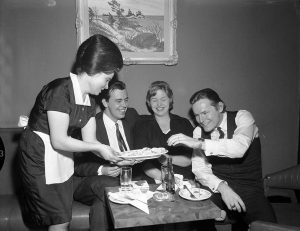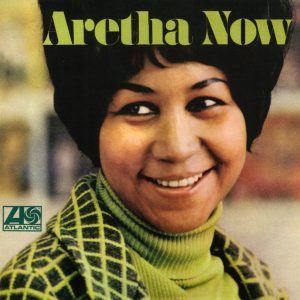Bomb disposal may be the only vocation more terrifying than playing in a classical orchestra. Think about it: A rock musician plays a wrong note and, honestly, nobody cares. Jazz is a bit more exacting. But play a wrong note and, well, it happens. But it seems like the classical orchestras always are perfect and any misstep is disastrous. That seems especially true for the poor folks in the percussion section.
Here is the beginning of ClassicalNet’s profile of the composer commonly (though not entirely accurately) known as Maurice Ravel:
Joseph-Maurice Ravel (March 7, 1875 – December 28, 1937). was born in France near the Spanish border, to Swiss and Basque parents. His father’s engineering work soon brought the family to Paris, and the young man entered the Paris Conservatory at age 14. He enrolled as a pianist but switched to composition under Gabriel Fauré and André Gedalge. Ravel was less radical a composer than Claude Debussy but rebellious in his own way. Where Debussy could write pieces to please the Conservatory masters and win a Prix de Rome, Ravel refused to be bound by the school’s composition rules. His failure to win prizes did not endear him to his masters, even though he wrote successful pieces early on, including his Violin Sonata (1897) and Shéhérazade (1898). Given those successes, his failure to win the Prix de Rome in 1905 led to a public scandal and a change in the Conservatory directorship. (Continue Reading…)
Here is the start of Wikipedia’s description of Ravel’s signature piece:
Boléro is a one-movement orchestral piece by Maurice Ravel (1875–1937). Originally composed as a ballet commissioned by Russian actress and dancer Ida Rubinstein, the piece, which premiered in 1928, is Ravel’s most famous musical composition.[1] Before Boléro, Ravel had composed large scale ballets (such as Daphnis et Chloé, composed for the Ballets Russes 1909–1912), suites for the ballet (such as the second orchestral version of Ma Mère l’Oye, 1912), and one-movement dance pieces (such as La Valse, 1906–1920). Apart from such compositions intended for a staged dance performance, Ravel had demonstrated an interest in composing re-styled dances, from his earliest successes (the 1895 Menuet and the 1899 Pavane) to his more mature works like Le tombeau de Couperin (which takes the format of a dance suite). (Continue Reading…)
The performance by the Munich Philharmonic obvious has an emotional backstory involving the conductor, Sergiu Celibidache who died in 1996.
Editors Note: I cross post TDMB at DailyKos. A commenter there who goes by the name of CajunBoyLgb wrote the following, which he was kind enough to let me repost here:
I love classical music, but I’m a bit of a rebel; I’m not that fond of the stuff written before 1875. Well, Schubert, Schumann and Chopin are great (they were all fairly revolutionary), but I’m just not a Mozart fan, sorry.
Fauré, Debussy, Ravel, Stravinsky, Barber, Berg, Schönberg– I’m an early 20th-century fan. What can i say?
Ravel gets special love from me for several reasons:
— A passionate interest in classical musical forms;
— An exquisite, unmatched skill in writing for the piano;
— Absolutely peerless skills in orchestration;
— Breathtaking melodic gifts.
His Tombeau de Couperin is a brilliant suite, with each movement being a classical dance form written in modern tonal idiom. The orchestration is stunning; the original piano version is wonderful on its own, but the orchestral version he designed blows it into the stratosphere. I’ve always wondered how Baroque dancers would have reacted to the Forlane from this suite; the rhythms mark it clearly as a forlane, but the harmonies are just ear-bending and gorgeous.
Want another piece to look for and enjoy? Try the Alborada del Gracioso, a movement from his piano suite Miroirs that he orchestrated– like the Boléro he scored it for a quite large orchestra, and he used every bit of the players’ skills. The piano piece is wonderfully difficult, but the orchestral version really stands beautifully on its own.
Oh, and another great piece to seek out– a bit hard to find– is theIntroduction et Allegro for harp, flute, clarinet and string quartet. Again, every player has to be at the top of his/her game for this to work; and despite the tiny ensemble for which it’s scored, a good performance fills your ears with sumptuous music.
YouTube has a version of his Shéhérazade with Bernstein and Long Beach’s own Marilyn Horne (arguably the greatest mezzo of all time– who else has sung Rossini AND Alban Berg so beautifully in her career?), which I highly recommend as well.
Ravel’s music just thrills me. Too bad it’s so damn difficult to play…!!










Add Comment